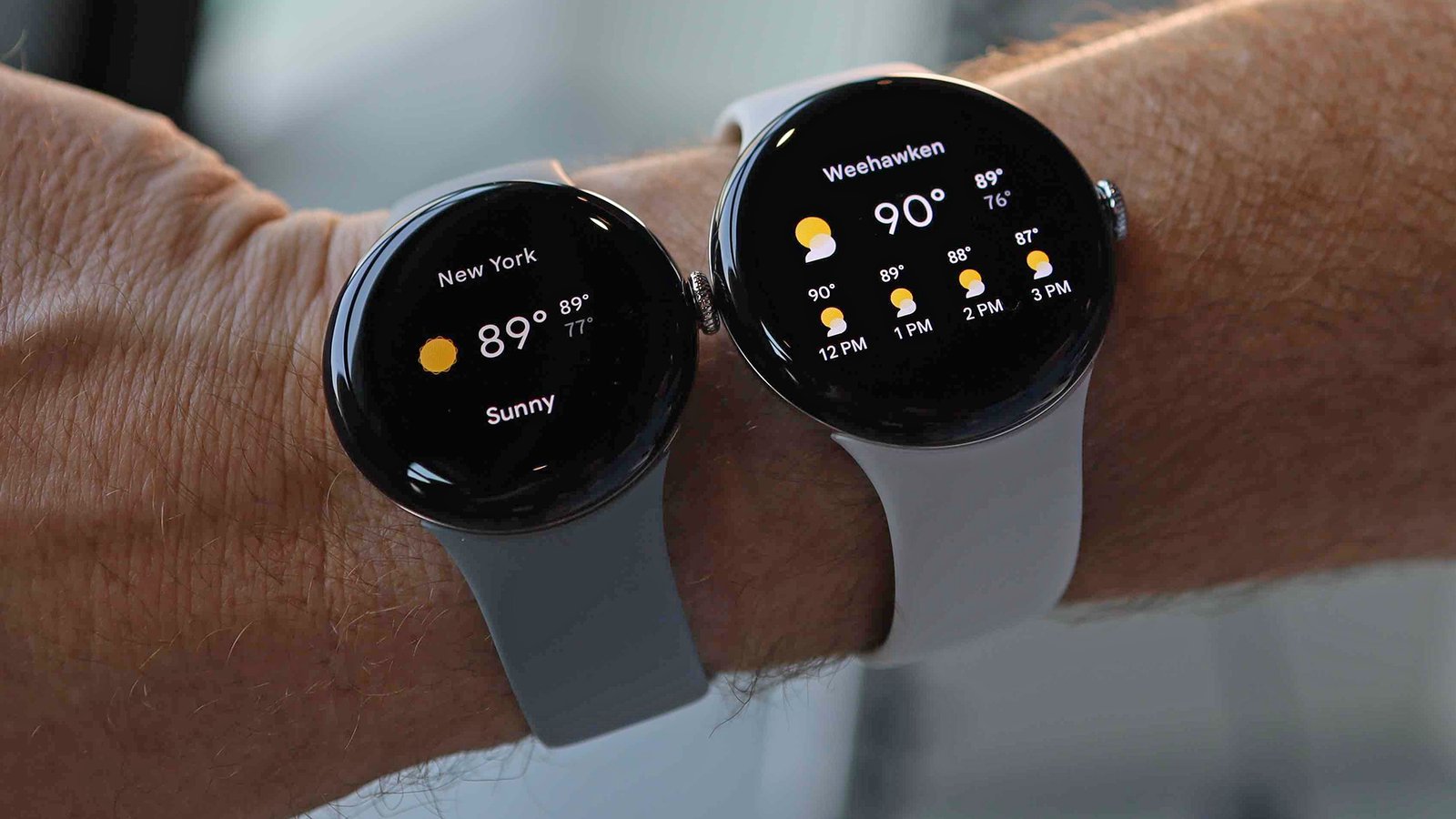The crime discourse in Jamaica over the years reveals an interplay between rhetoric and reform.
While the headlines often focus on spikes in violence, the statements from our leaders underscore strategic pivots: toward reform of the police force, social intervention, community policing, technology-enabled enforcement, inter-agency cooperation, and the tackling of gun trafficking.
These efforts, while uneven in their success, reflect a growing alignment between state institutions and public demands for safer, more resilient communities. The strategies are beginning to show results as the number of murders declines.
This trend in Jamaica, mirrors a similar significant and widespread decline in violent crime across major US cities, with 2025 poised to record the lowest national murder rate since 1960. Cities like Baltimore, St. Louis, New Orleans, Chicago, and San Francisco have experienced substantial reductions in homicides and other violent crimes.
Despite these improvements, public perception remains skewed, with many remaining sceptical, believing crime is worsening. This disconnect highlights the influence of long-term experience, media narratives over empirical data. After experiencing an average rate of inflation of over 20 per cent per annum for many years, it took Jamaicans a long time to accept that the rate inflation had fallen to single digit over the last decade.
In a remarkable and heartening shift, Jamaica has begun to see a sustained reduction in homicides over the past few years. After decades of grappling with one of the highest murder rates in the world, close to 50 per 100,000, now down to 30 per 100,000, this decline represents more than just a statistical improvement—it signals the possibility of a national turning point in the long, bloody battle against violent crime.
But while we rightfully celebrate this progress, we must also take stock of where we have come from, what we have done right, and what must still be done to avoid backsliding.
WHY CRIME ROSE
To understand the present, we must reckon with the past. The dramatic rise in Jamaica’s murder rate from the 1970s through the early 2010s was driven by a confluence of structural and situational factors, including:
Political patronage and gang formation during the 1970s and 1980s as political tribalism gave birth to armed garrison communities. Guns flowed into inner-city areas as political parties competed for turf, votes, and loyalty. This was a fertile mix for growing criminal networks, long after ideological fervour faded. This later morphed into drug trafficking and globalisation of crime flowing from the explosion of the cocaine trade in the 1980s and 1990s, and later the rise of marijuana and synthetic drugs.
This development transformed local gangs into transnational criminal outfits with links to North America, the UK, and Latin America. This intense phase of criminality in Jamaica, not only weakened economic prospects, but it also led to the weakening or failure of many state institutions. Some of the results were underfunded police forces, a weak judicial system, and an overwhelmed penal system. The most unfortunate outcome of this was the fact that violence was often met with impunity and life was cheapened. The rule of law became more aspiration than reality in many communities.
The economic and developmental impact on Jamaica has been devastating. The indicators of this outcome are evident across the country: socioeconomic exclusion, youth unemployment, underinvestment in urban infrastructure and housing, and a failing education system. These trends ensured that a generation of Jamaicans saw few legitimate opportunities for advancement outside of migration.
In this volatile mix of hopelessness and state failure, murders became not just a means of resolving disputes, but a tool of business, governance, and social order. As a result, murder rates soared to over 50 per 100,000 in some years – up to eight times the global average.
REFORM AND REDEMPTION
Given the overwhelming nature of the “crime problem” over the last 40 years, a tremendous number of resources and efforts have been invested to find solutions. There is a consensus that the country must find a solution to what is an existential threat. A significant amount of local and international collaboration and initiatives, social interventions, and community involvements have taken place over the years to arrest the crime monster to allow real development to proceed.
Several books, papers, and policy documents from the past few decades attempted to predict future crime trends, especially focusing on how demographic shifts, technological innovation, and policy evolution would lead to crime reduction. While not all got the details right, some made eerily accurate forecasts, particularly regarding the drop in violent crime in the US and other advanced economies in the 1990s–2010s, and the prospects for emerging countries like Jamaica
THE TIDE TURNS
Since the late 2010s the trend has begun to shift. While still unacceptably high, homicides have steadily declined. Several factors are likely behind this positive development, most of which are still “works in progress”.
Probably the most important has been improved policing and intelligence gathering by the Jamaica Constabulary Force (JCF), which has made significant strides in reforming itself. The higher level of professionalism is becoming evident daily. This must be sustained. The JCF has received significant investment to enhance capabilities over the last decade. This has allowed it to use more data-driven policing, community engagement, and the dismantling of gang leadership networks. The Police Force, working with the JDF, has been able to blend security interventions with community development, and this is showing promise in troubled areas like Mount Salem and August Town.
Another dimension of the fight to reduce crime involved enhanced regional and international cooperation. Joint operations with the US, UK, and other Caribbean nations have disrupted arms trafficking and major drug routes.
Social investment and community renewal under the Citizen Security and Justice Programme, the Jamaica Social Investment Programme, and other youth training initiatives have expanded alternatives for at-risk youth and contributed.
Of importance in helping in the fight against crime and violence may be the current demographic and cultural shifts under way. Jamaica’s declining birth rate, greater access to digital media, and the slow erosion of “informer culture” may be contributing to fewer young men entering violent lifestyles. The literature since the early 1990s, predicted that demographic and technological trends would have a likely downward impact on crime.
The recent successes echo similar trends in the United States, where homicides, after spiking during the pandemic, have fallen sharply in many cities largely through targeted policing, community intervention programmes, and data analytics.
In Latin America too, places like Medellín and Cali in Colombia have turned the tide with a mix of urban renewal, education, and gang rehabilitation strategies. These global parallels remind us that violence is not an inescapable fate; it is a policy problem with human solutions.
STAYING THE COURSE
Progress is not irreversible. The challenge now is to sustain and deepen the processes that led to the gains. First, Jamaica must continue to prioritise institutional reform. Jamaica’s police, courts, and prisons must be modernised, resourced, and held to higher standards of transparency and accountability. In recent years Jamaica has seen a clear improvement in the backlog of cases before the courts; this is helping to build credibility. Swift, fair justice is the bedrock of any peaceful society.
The second area of focus must be a shift to a long-term urban renewal strategy going beyond the ZOSO model. This approach would involve more communities with serious investment in housing, education, sanitation, and employment – breaking the cycle of exclusion that feeds crime.
Third, there can be no let up on gun control and border security. With most guns coming from abroad, Jamaica must continue to strengthen border surveillance, port inspection, and regional diplomatic efforts to stop the flow of illegal weapons.
Fourth, youth empowerment and digital inclusion must remain critical elements of public policy. Every Jamaican child should have access to education, digital tools, and mentorship.
Finally, Jamaica must continue to focus on cultural and identity issues – values and attitude. There needs to be a cultural shift that challenges some of the toxic features of our society such as the glorification of violence, and distrust of law enforcement. Schools, churches, media, and positive models have a role in shaping a new ethos.
The falling murder rate offers hope. But it is not victory—not yet. Jamaica must resist complacency. Crime is like a chronic illness: treatable, but always capable of relapse if vigilance lapses.
Our history may be bloodied, but our future doesn’t have to be.
Wesley Hughes is the former financial secretary and director-general of the Planning Institute of Jamaica. He is an economist with wide experience in strategic planning, public policy, and the global aluminium industry. Send feedback to columns@gleanerjm.com




